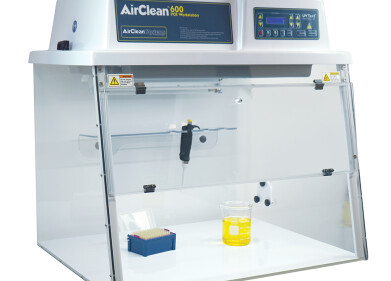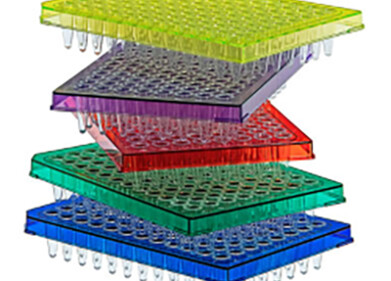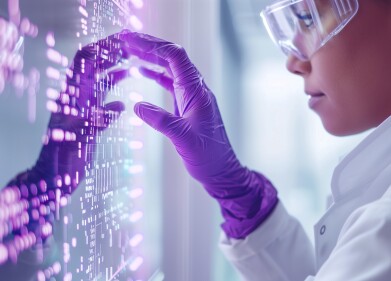DNA / RNA
What Exactly Does DNA Sequencing Mean?
Sep 17 2022
Over the past decade, advances in forensic science have unlocked exciting new avenues for criminal investigators. DNA Sequencing has been one of the most transformative and is now used by law enforcement departments around the world. So, what exactly is DNA sequencing and how does it compare to techniques like DNA phenotyping?
The National Human Genome Research Institute describes DNA sequencing as a technology that “determines the order of the four chemical building blocks - called ‘bases’ - that make up the DNA molecule”.
All about order
Determining the sequence reveals information about the type of genetic data carried in an individual DNA fragment. For example, sequencing is used to determine which strands of DNA carry instructions that tell the body to produce certain proteins and molecules. At Cancer Genome Atlas research centres, scientists use DNA sequencing to map the genetic signatures of dozens of cancer types. Other cancer research facilities, including the internationally acclaimed Francis Crick Institute in London, use DNA sequencing to understand more about the role genes play in driving disease.
Building “genetic fingerprints”
The average human genome is made up of around three billion double-stranded nucleic acids called base pairs. These base pairs are what form the DNA double helix and give the body the instructions it needs to grow, repair and reproduce. With the exception of identical twins, every human has a unique DNA profile. This is what makes DNA sequencing a valuable tool for forensic scientists. The technology is used to build “genetic fingerprints” for victims and suspects, with evidence like hair, saliva, blood and tissue used to source DNA. These "genetic fingerprints" can then be used to complement other evidence, including biosensor-assisted fingerprint analysis.
Advanced technologies, have made it faster and easier than ever to analyse DNA fragments, determine sequences and use DNA evidence to solve crimes.
Solving cold cases with DNA sequencing
As well as solving current-day crimes, DNA sequencing is used to decipher decades-old mysteries. In Virginia, cold case detectives teamed up with forensic scientists to carry out genome sequencing on human remains found more than 20 years ago. Advanced DNA testing allowed the team to identify the victim and contact her family.
“Identifying this young woman solves a mystery that has been more than 47 years in the making,”” says Ed O’Carroll, commander at the Major Crimes and Cyber and Forensics Bureau. “Our community should take comfort in knowing that our detectives never stop working these cases. Advancements in technology have given my Cold Case detectives an opportunity to pursue fresh leads and bring some relief to families that have been long suffering with the unknown.”
The future of forensic science
DNA Sequencing is one of several new technologies that have redefined the limits of forensic science. Find out more about other breakthroughs, including DNA Phenotyping to predict physical appearance and biochemical characteristics, in ‘8 Advances in Forensic Science’.
Digital Edition
Lab Asia 31.6 Dec 2024
December 2024
Chromatography Articles - Sustainable chromatography: Embracing software for greener methods Mass Spectrometry & Spectroscopy Articles - Solving industry challenges for phosphorus containi...
View all digital editions
Events
Jan 22 2025 Tokyo, Japan
Jan 22 2025 Birmingham, UK
Jan 25 2025 San Diego, CA, USA
Jan 27 2025 Dubai, UAE
Jan 29 2025 Tokyo, Japan



















